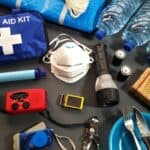How to Build a Hiking Emergency Kit is especially important to know.
Many of us have learned that there is nothing worse then having an emergency and not having a kit.
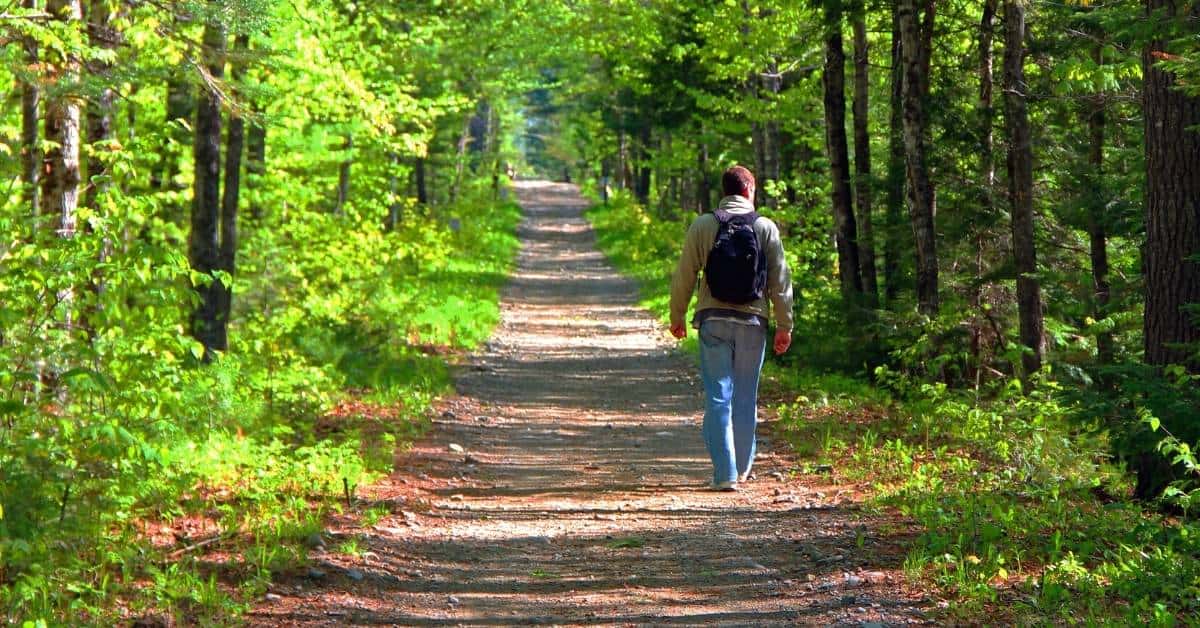
How to Build a Hiking Emergency Kit.
This is a simple checklist of the basic items that you may want to remember to bring with you when you go hiking even for a few hours..
These items are suggestions and may not include items specific to you or your location.
Did you see my Family Camping Essentials Checklist?
That camping checklist may have more items that you may need for your adventure.
Both this hiking essential check list and that camping essentials checklist can be easily downloaded as well.
Having a first aid kit nearby is always a good idea. You can find pre-made first aid kits here.
This is especially for anyone asking how to you pack a backpack for a day hike.
If you are going hiking for longer than a few hours or a day then your probably are packing camping or similar kit already to go. However, you may also find something listed in this article that could be of help too.
Do you have to use a backpack to hold emergency items?
Because this emergency kit is especially for hikers, it seem logical to use a backpack as it is worn on the back and thus, frees up the hands. However, you could alternatively use a crossbody bag to hold you items.
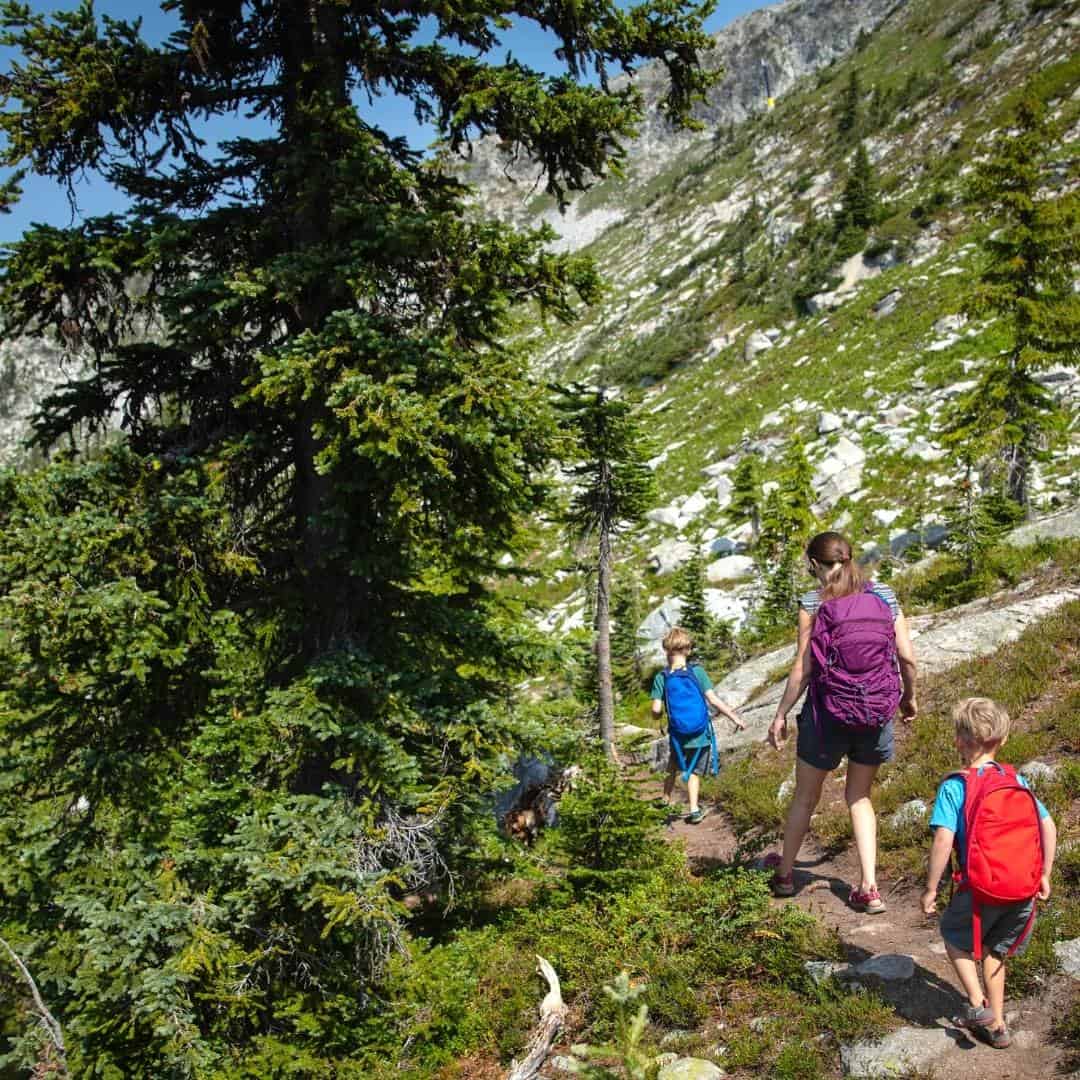
You may be wondering what to bring day hiking.
Most people can agree that hiking is fun but, can sometimes dangerous.
It is not uncommon to trip over a log, get cut by a branch, or get a nasty bug bite when you least expect it.
While day hiking may seem like taking a walk in the woods, you still need to be prepared.
However, keep in mind that taking a half hour walk in the woods on a cool day can mean something different than an eight hour hike on a hot day. Adjusting your emergency kit can be an ongoing process as a result.
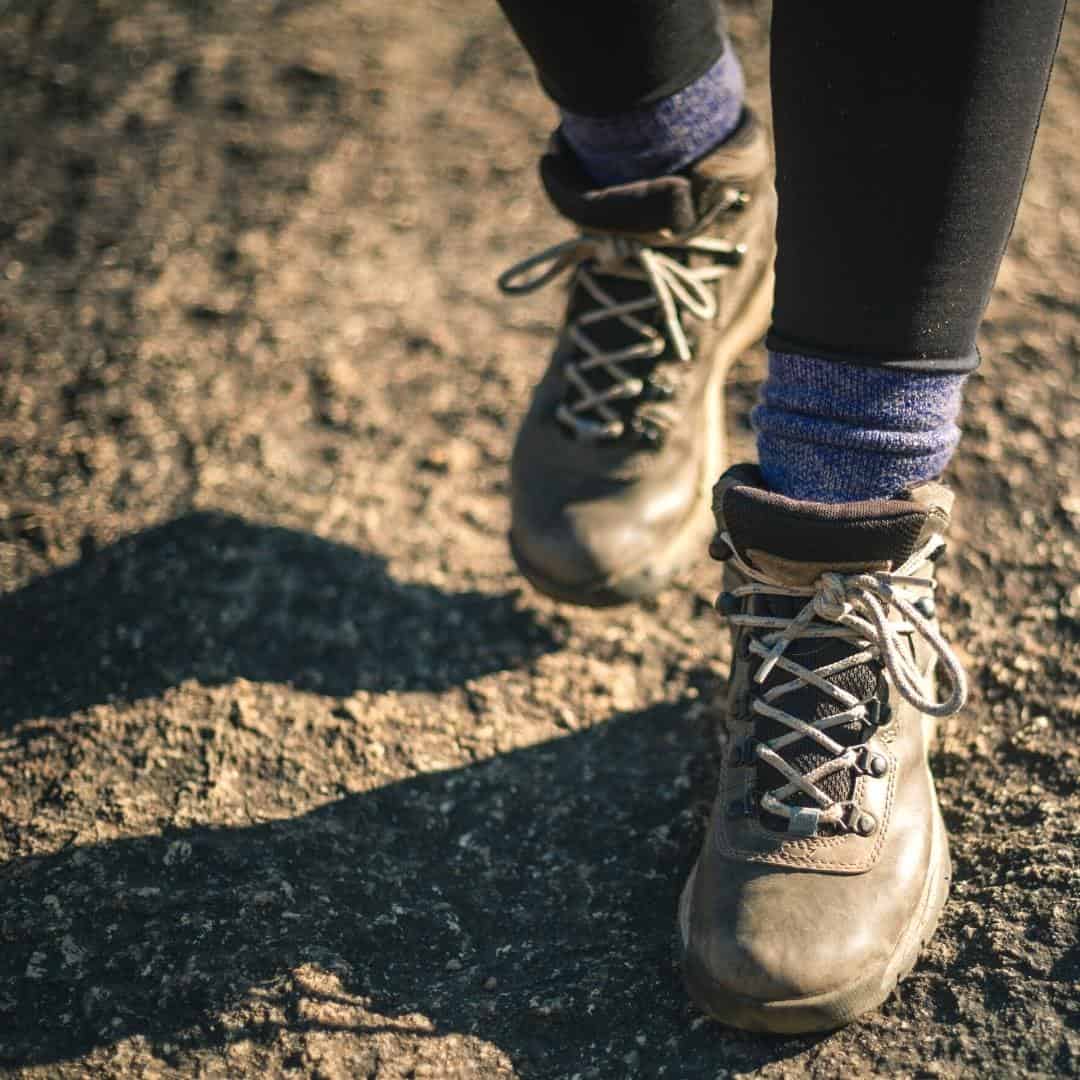
Tips for making a kit for taking on a hike.
It is best that you prepare your kit in advance and check it just before leaving for your trip.
Packing an emergency kit just before leaving on the trip can result in missing important items.
Here are the categories of items that
- First Aid- this includes everything from bandages to allergy pills.
- Safety- this includes whistles and other items that will help keep you safe.
- Self Care- which includes jackets, sunscreen, or even extra socks.
- Nutrition- food and water.

First Aid items that you can go in a basic first aid kit.
Pack your items in a sturdy container that can be placed in a plastic zip top bag.
Also, purchasing sample sized products can save free up space and make it easier to carry.
Short hikes that are less than a few hours a day.
- Bandages of various sizes.
- Antiseptic Spray or ointment.
- Tweezers for pulling out prickly thorns.
- Painkillers or anti-inflammatory drugs like Ibuprofen.
- Insect Repellent.
- Sunscreen.
- Sterile pads, scissors, and tape.
- Essential medications including inhalers.
- Antihistamines.
- Hand Sanitizer.
- Anti itch such as hydrocortisone.
- Lip Balm. (can be used on blisters too!).
- Tissues and napkins.
- Personal Hygiene items.
Include these items for longer hiking trips.
- Gauze pads to cover wounds and minor cuts.
- Zinc oxide tape to secure gauze onto wounds; also useful for immobilizing fractured fingers or toes.
- Triangular bandage for slings or for securing dressings.
- Splints and wraps.
- Antacids and and Diarrhea medication.
- Toilet paper and wipes.
👉Be sure to follow us on Facebook, Pinterest, and Instagram.
Subscribe to our Weekly Newsletter.
You may also be interested in these ideas.
Safety items to pack.
These are the items that you may need for safety concerns.
Includes items are especially important if you are hiking alone or when the terrain is difficult.
Items that can help keep you safe while hiking.
- A whistle (wear this on you or have in your pocket).
- Portable phone charger.
- Compass or app for one on your phone.
- Optional- personal safety items such as knife or pepper spray.
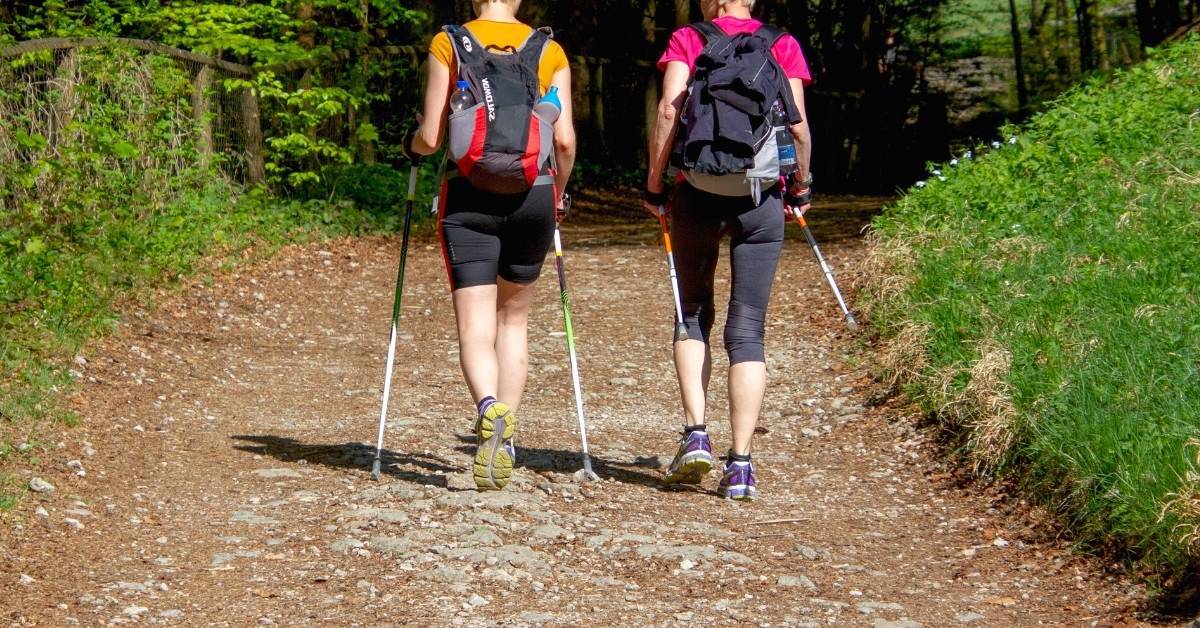
Self Care items that can help take care of you.
This includes weather related items.
Also, comfort items that you may need while hiking.
Items that you can bring with you.
Take the weather into consideration when packing and how it can change throughout the day.
- A hat or visor.
- A jacket that is wind and waterproof.
- Also a fold up umbrella.
- Extra pair of socks.
- A shirt that can be worn over a shirt or changed into later on.
- Also a sweatshirt, zip up, hoodie, or crew.
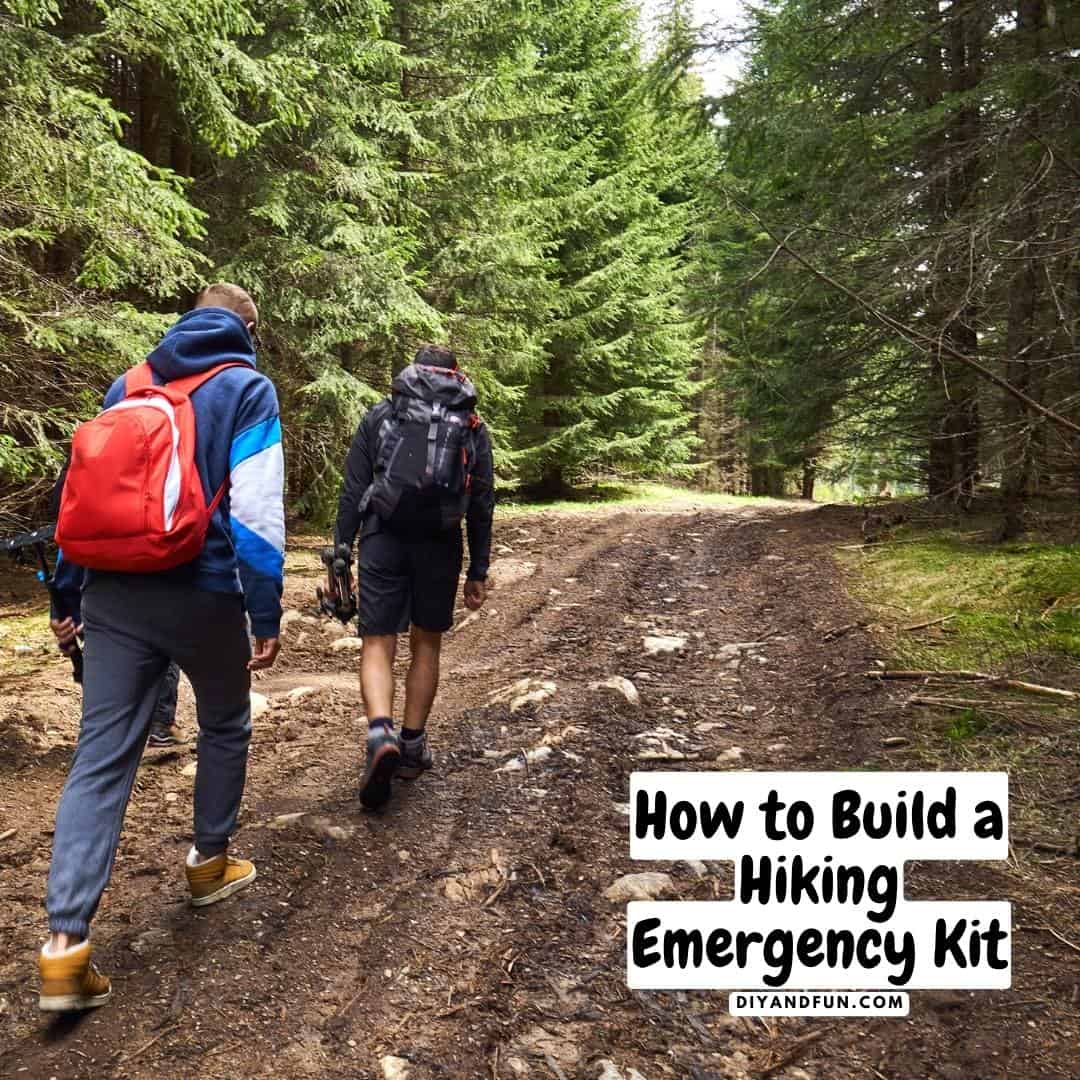
Nutritional items to pack with you.
Water is always something you should bring with you.
For an hour long hike a simple small bottle in a carrier may work.
Other nutritional items that you can include.
Pack food items that can hold up to weather and conditions.
- Lozenges or hard candy to suck on.
- Granola bars.
- Nuts.
- Snack mix.
Items to consider packing for longer journeys.
Many of the items listed above are great for day hiking or one hour walks but, for a longer journey you may need additional items.
These items may include.
- Lighter and matches.
- Flashlights and batteries.
- Foil blanket that can be easily folded up.
- Multitool
- Water Filtration Tablets.
- Survival Bag (emergency sleeping bag).
When hiking alone, you should always tell a close friend or a family member where you will be going and when to expect you to return.
Bring a cell phone, but if you are on a long journey, leave it turned off and in a waterproof container so you are sure it has fresh batteries and is dry. For the ultimate protection, the relatively new GPS-based emergency locators are a great addition to your hiking pack. A device like the SPOT Messenger System can ensure that help will be brought to you at the push of a button.
With a safety checklist like this, it may appear that hiking is much too dangerous to bother trying.
This idea couldn't be further from the truth. Many people spend their whole lives hiking without ever encountering any trouble, and by taking a few precautions you will hike the same way.
How to Build a Hiking Emergency Kit, especially for family outings, the items that should be packed and brought while hiking.
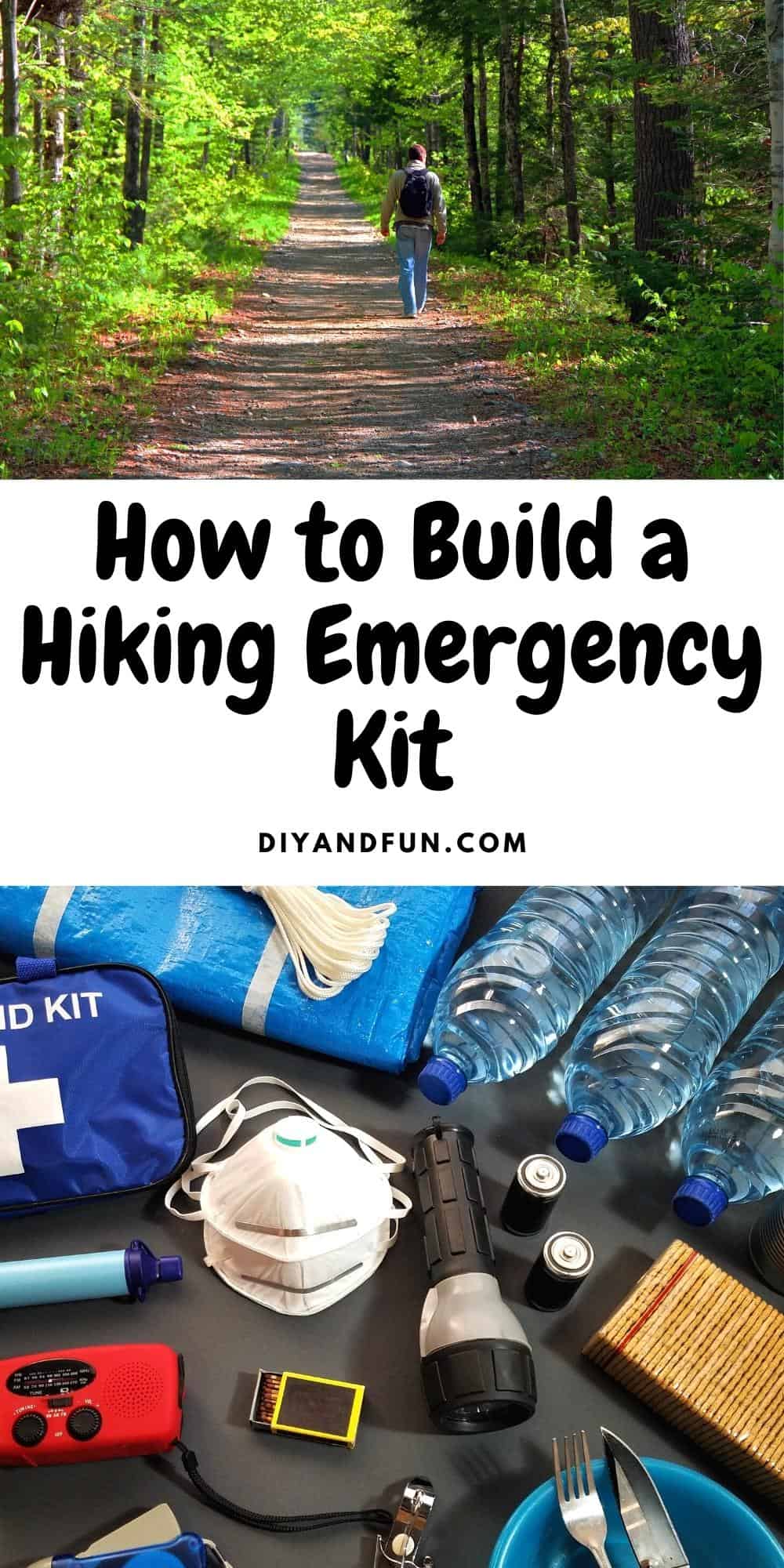
How to Build a Hiking Emergency Kit
Instructions
- Because this emergency kit is especially for hikers, it seem logical to use a backpack as it is worn on the back and thus, frees up the hands. However, you could alternatively use a crossbody bag to hold you items.
- Having a first aid kit nearby is always a good idea. You can find pre-made first aid kits here.
Notes
- Bandages of various sizes.
- Antiseptic Spray or ointment.
- Tweezers for pulling out prickly thorns.
- Painkillers or anti-inflammatory drugs like Ibuprofen.
- Insect Repellent.
- Sunscreen.
- Sterile pads, scissors, and tape.
- Essential medications including inhalers.
- Antihistamines.
- Hand Sanitizer.
- Anti itch such as hydrocortisone.
- Lip Balm. (can be used on blisters too!).
- Tissues and napkins.
- Personal Hygiene items.
- Gauze pads to cover wounds and minor cuts.
- Zinc oxide tape to secure gauze onto wounds; also useful for immobilizing fractured fingers or toes.
- Triangular bandage for slings or for securing dressings.
- Splints and wraps.
- Antacids and and Diarrhea medication.
- Toilet paper and wipes.
- A whistle (wear this on you or have in your pocket).
- Portable phone charger.
- Compass or app for one on your phone.
- Optional- personal safety items such as knife or pepper spray.
Take the weather into consideration when packing and how it can change throughout the day.
- A hat or visor.
- A jacket that is wind and waterproof.
- Also a fold up umbrella.
- Extra pair of socks.
- A shirt that can be worn over a shirt or changed into later on.
- Also a sweatshirt, zip up, hoodie, or crew.
NUTRITIONAL ITEMS TO PACK WITH YOU.
Water is always something you should bring with you.For an hour long hike a simple small bottle in a carrier may work. Other nutritional items that you can include. Pack food items that can hold up to weather and conditions.
- Lozenges or hard candy to suck on.
- Granola bars.
- Nuts.
- Snack mix.
ITEMS TO CONSIDER PACKING FOR LONGER JOURNEYS.
Many of the items listed above are great for day hiking or one hour walks but, for a longer journey you may need additional items. These items may include.- Lighter and matches.
- Flashlights and batteries.
- Foil blanket that can be easily folded up.
- Multitool
- Water Filtration Tablets.
- Survival Bag (emergency sleeping bag).






